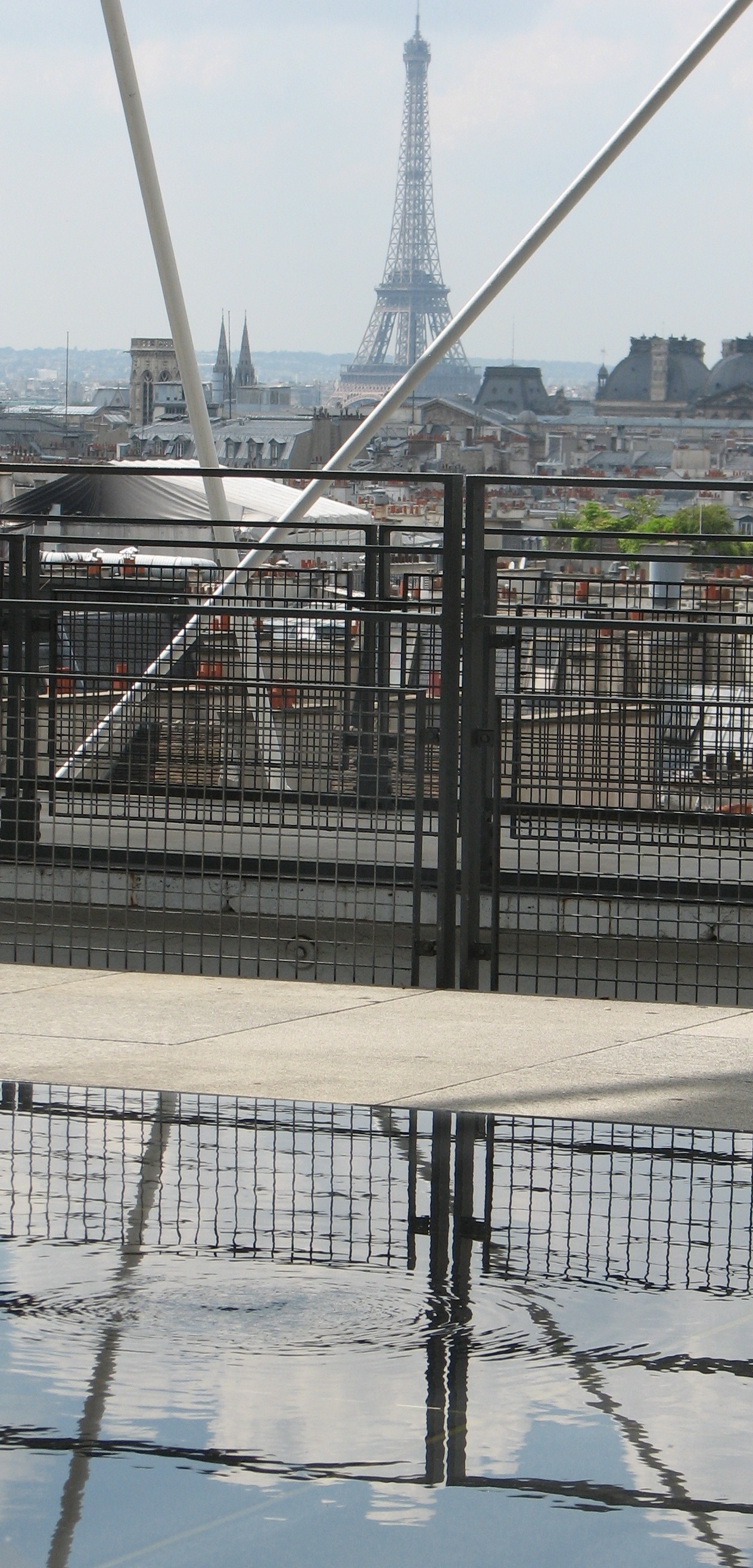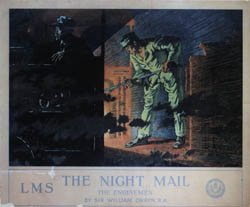What are three ways to understand the importance of the rail roads in history?
Pacey, pp. 60-75.

Tool Complexes:
Industrial: mining coal and iron, canal transport, railroads, machinery, machine tools, telegraph, organization.
Dates
1802, Richard Trevithick built the first steam locomotive in Coalbrookdale, Shropshire, England.
1821, Bedlington ironworks in Northumberland makes stronger iron rails.
1825, Stockton and Darlington railway, first railroad transport in England.
1827-1830, The Baltimore and Ohio Railroad is the first in the US.
1830, the Stephenson brothers (UK) completely redesign the steam locomotive for better transport.
1833 John B. Jervis (US) redesigns the Stephenson steam locomotive for upstate NY conditions.
1837, the first use of the electric telegraph between Euston and Camden Stations in England
1838, Regular East India Company Steamship service begun in UK.
1840, The US has nearly double the distance of railroad lines as does UK.
Transformation of the iron and foundry; machine shop, and craft facilities in Europe & US.
1850, Six times more railroad lines were being opened in the US than in the UK.
1851, London exhibition and the Crystal Palace
1857, the first railroad opened in Argentina.
1866, magnets replaced by coiled wires in an electrical field to generate electricity.
1876-1910 expansion of railways in Mexico
1889, Paris centennial exhibition
Pacey, TWC Tech in World Civilization; pp.131-167, Pacey, “Meaning
in ... pp.

By
definition railroads are tool
complexes and they have a distinct role in history because of the three
facets or dimensions of technological experience. Personally, too, people's
lives were changed when work, travel, and even marriage patterns were altered
because once isolated villages and rural towns became tied to central junctions
through trunk lines or feeder roads.
Pacey
shows how the convergence and standardization of technical features,
organizational schemes and cultural ambitions where all important when seeking
to explain how, coal, iron, steam engines, telegraph and timetables all worked
to reshape the world. New organizational schemes included the spread of Scientific management by Frederick Winslow Taylor and the development of both craft and industrial unionism. ,.
Thus,
between the Opium (1839-42) and the Second World Wars, European domination
grew bolder and eventually collapsed under the weight of its own complexity,
growing dependence on colonial natural resources, declining birth-rates, and a growing inability to staff
overseas possessions.
(free write, JVS, 04)

Railroad
Empires, 1850 – 1940. (review map on p. 160 and compare
to today)
Rails in Russia
1891-1903: construction of the Trans-Siberian Railway
United States engineers due to terrain and experience in western states.
Japanese Technology
-- The Meiji Restoration, Mitsui
Innovation and dialogue
Four Channels through which technology transfer operated in Japan
Imperialist dimensions
"What mattered for the future, however was not the extent of these developments, but who controlled them, and whether each nation was self-sufficient in the basic facilities necessary for running a railroad."
p. 159
Britain, Russia, Japan, China, India, South Africa, USA, Australia, Turkey.
"Such lines [ Burma, Iraq, and Rhodesia ] were not adequately supported by related industries, but remained dependent on western supplies."
p. 161.
Signs of the mechanized, modern world.
Naval architecture and armaments: Armstrong & Vickers, Krupp, machine
tools.
Silver Geometry
“symbol of imperial ambition”
p.
162.
Gustav Eiffel, European railway designer,
structural designer and bridge builder.

Eiffel's tower is now a symbol of the city that once shunned his structure as gauche and "monstrous."
pp.
163-164.
The tower's construction lasted two years and the inauguration was made in 1889. The Eiffel Tower is made of puddled iron, with a slightly increased content of carbon compare to wrought iron. It provides a higher tensile strength. It was the tallest structure in the world until 1930. For many it became the symbol of the very things the French Revolution could not possibly deliver, a more rational and heroic form of democratic culture to commemorate the 100th anniversary of that revolution.
When no French company would bid on the crucial elevator from the first to the second platform. Otis Elevator Company was allowed to rebid and completed the job by mid-June, not long after the opening of the Exposition. [Harris, p. 95]
On June 10, Eiffel held his grand opening, squiring royalty to the top, including tours of his private apartments. In the coming weeks, guests to to the tower included the Shah of Persia, the Prince of Wales, the King of Siam, the Bey of Djibouti, the President of France, Buffalo Bill, and Thomas Edison. Young women purchased special dresses made for the occasion, called the Eiffel ascensionniste." Over 1.9 million people came to the tower during the Exposition. [Harris, p. 122, 230]
The tower left behind a lasting legacy. Today, the Eiffel Tower still gets twice as many visitors as the Louvre. [Barthes, p. 9]
Barthes, Roland, The Eiffel Tower and Other Mythologies. (University of California Press, March 1997).
Production symbolism

“The railroad became a public symbol of what nineteenth century technology
was doing in the world, many other artifacts had a private symbolism for those
who worked with them, and this also can tell us much about what was happening.”
p.
165.
“The
engine was being presented as the most telling ‘sign’ of modern
life. It was ‘the controlling symbol for a new kind of culture.”
p.
167.
Railroads as a prototype
Railway origins
Arnold Pacey, Technology in
World Civilization
Pacey
on Meaning | Pursell
| Technology defined | Dimensions
of Technology | Chronology of tools
Core
Site Index | Site map
| Vocabulary






